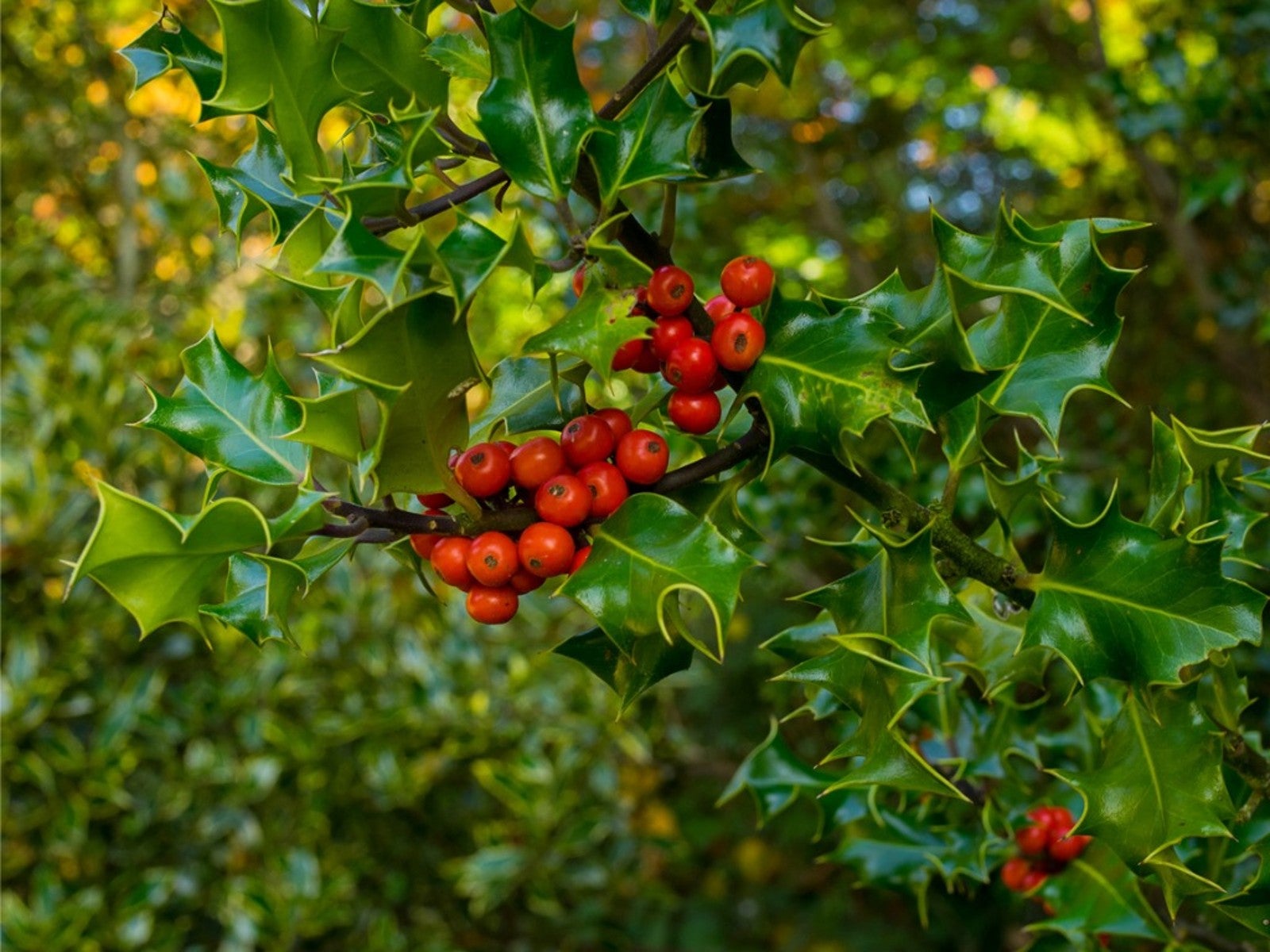Choosing Shade Evergreens: Learn More About Evergreens For Shade


Teo Spengler
The idea of growing evergreen shrubs in the shade may cast a shadow of doubt in the minds of some gardeners, but in fact there are many evergreens that thrive in the dark corners of the garden. Shade-loving evergreens add structure and interest all year long and can turn even a gray winter landscape into an area filled with fresh green beauty.
Shade evergreens work especially well in backyards as they provide privacy, color, and interest in all four seasons. Growing evergreens is also a wonderful way to create shade in your landscape and add complexity to your plantings. Read on as we shine the light on shade evergreen shrubs and trees.
Evergreens For Shade
There are two different parts to a discussion about evergreens for shade. The first part involves creating shade by planting evergreens. They block direct sunlight year round, rather than simply in summer, which adds a sense of mystery to the garden. With rising temperatures, shade is a valuable asset in any yard. And evergreen privacy screens are always a welcome addition for those with noisy or nosy neighbors.
Wisely planted evergreens create spots of shade that can provide welcome refuge on hot summer afternoons. Hardy evergreens never lose their leaves, so their shade lasts through autumn and winter as well.
So, what are the best evergreens for reducing sun exposure? That depends entirely on the site and your desires. Select a plant that works for your hardiness zone and whose mature size will create the type of shade garden you wish to grow.
Evergreens That Create Shade
The possibilities are almost limitless when it comes to creating shade with evergreens. Trees like eastern hemlock (Tsuga canadensis) grow to 70 feet (21.3 m) tall with a 35 foot (10.7 m) spread, creating the most shade and covering an entire yard or garden area.
Evergreen shrubs are much smaller and can create patches of partial shade. For example, a dwarf bright gold yew (Taxus cuspidata 'Dwarf Bright Gold') tops out at 4 feet (1.2 m) tall and would look lovely tucked into a small nook of the garden with shade-loving impatiens or begonias growing around its base.
Sign up for the Gardening Know How newsletter today and receive a free copy of our e-book "How to Grow Delicious Tomatoes".
Evergreens That Grow In Shade
The other need for shade evergreens occurs when structures or other trees block the sun in a garden or backyard. It is more typical for a garden to be in partial shade and sun exposure, but some yards never get direct sun.
Broadleaf Evergreens For Shade
For shady sites on the north or east sides of buildings, consider broad-leaved evergreens. These trees and shrubs have leaves that look like the those of deciduous trees. The only difference is evergreen leaves stay on tree branches all year long. Broadleaf evergreens do best in locations that are protected from strong winds and hot afternoon sun, since both of these factors can cause browning of leaves.
Here are some excellent choices for shade-tolerant shrubs that don't lose their leaves:
- American holly (Ilex opaca) grows to 30 feet (9 m) tall and 20 feet (6 m) wide and is dotted with red berries.
- Japanese pieris (Pieris japonica) grows to 5 feet (1.5 m) tall with panicles of spring blooms.
- Boxwood (Buxus sempervirens) grows to 4 (1.2 m) feet tall and wide with dark green leaves.
- Spreading euonymus (Euonymus kiautschovicus) grows to 8 feet (2.4 m) tall and wide.
- Evergreen azaleas (Rhododendron spp.) are known for their vibrant spring flowers and love of acidic soil.
- Camellias (Camellia spp.) have rose-like white flowers, pink flowers, as well as blooms of other colors.
Coniferous Evergreens For Shade
Many evergreens have needles instead of leaves, like the classic Christmas tree. Conifers make attractive garden plants and different varieties and cultivars offer different design aesthetics for part to full shade.
Classic evergreen shrubs that grow well in shade include:
- Yew (Taxus spp.) has dark green needles and bright red berries.
- Arborvitae (Thuja spp.) is a popular choice for privacy hedges.
- Russian cypress (Microbiota decussata) is a hardy, low-maintenance shrub from Siberia.
Full-size evergreen trees that grow in shade include:
- Canadian hemlock (Tsuga canadensis), also known as eastern hemlock, is native to North America.
- Japanese yew (Taxus cuspidata) can also be grown as a shrub, if properly pruned.
- Ward's yew (Taxus x media 'Wardii') has a gorgeous green color and makes for perfect a hedge plant.
- Japanese plum yew (Cephalotaxus harringtonia) can reach heights of 20 to 30 feet (6-9 m).
Shade evergreens can add life and light to the dark spots in your garden. They look stunning mixed with shade-loving flowers and foliage plants. So stop wishing for full sun and start embracing shade evergreens. You'll quickly realize the the future is bright with possibilities for your shady yard or garden.

Heather Rhoades founded Gardening Know How in 2007. She holds degrees from Cleveland State University and Northern Kentucky University. She is an avid gardener with a passion for community, and is a recipient of the Master Gardeners of Ohio Lifetime Achievement Award.
- Teo SpenglerWriter